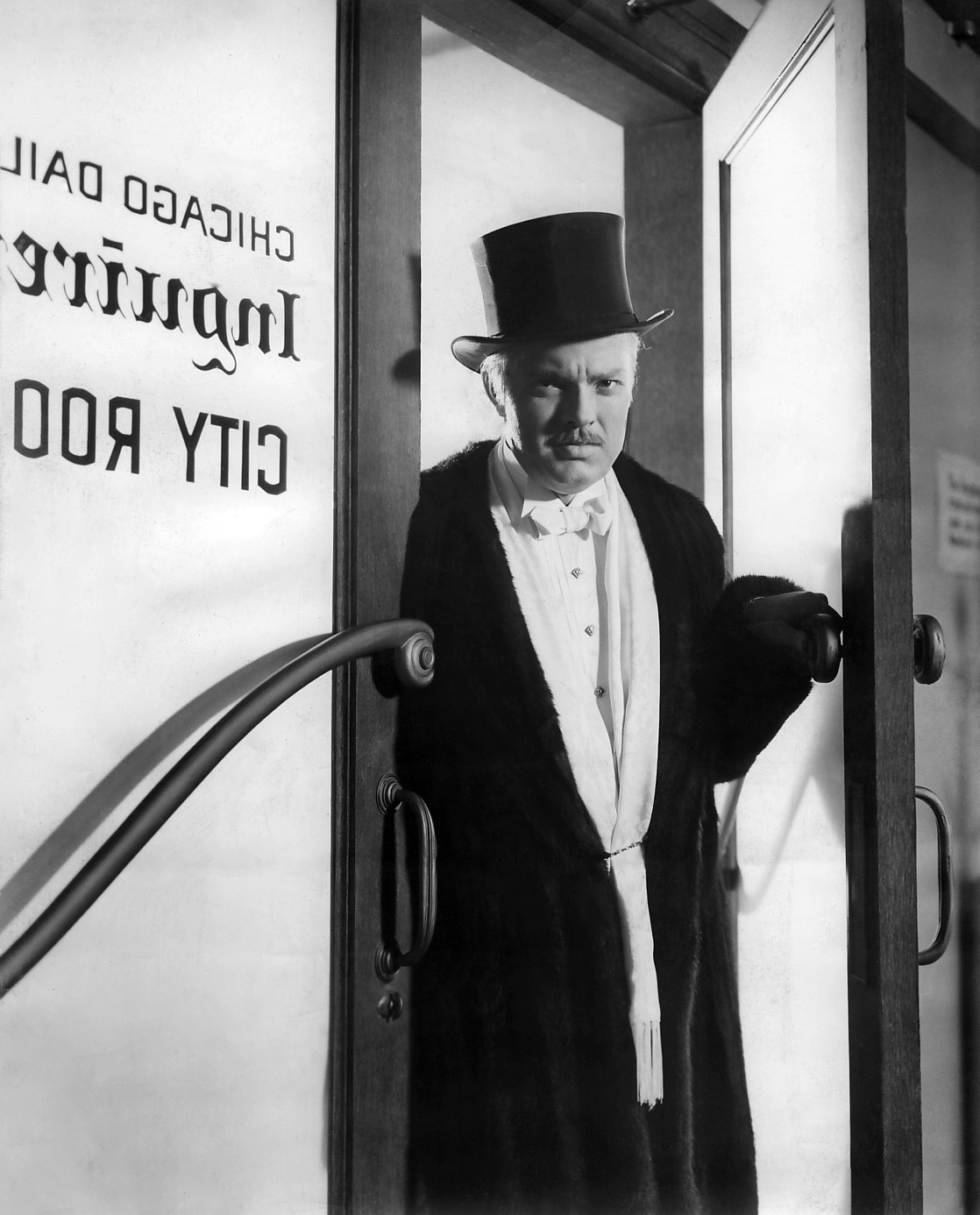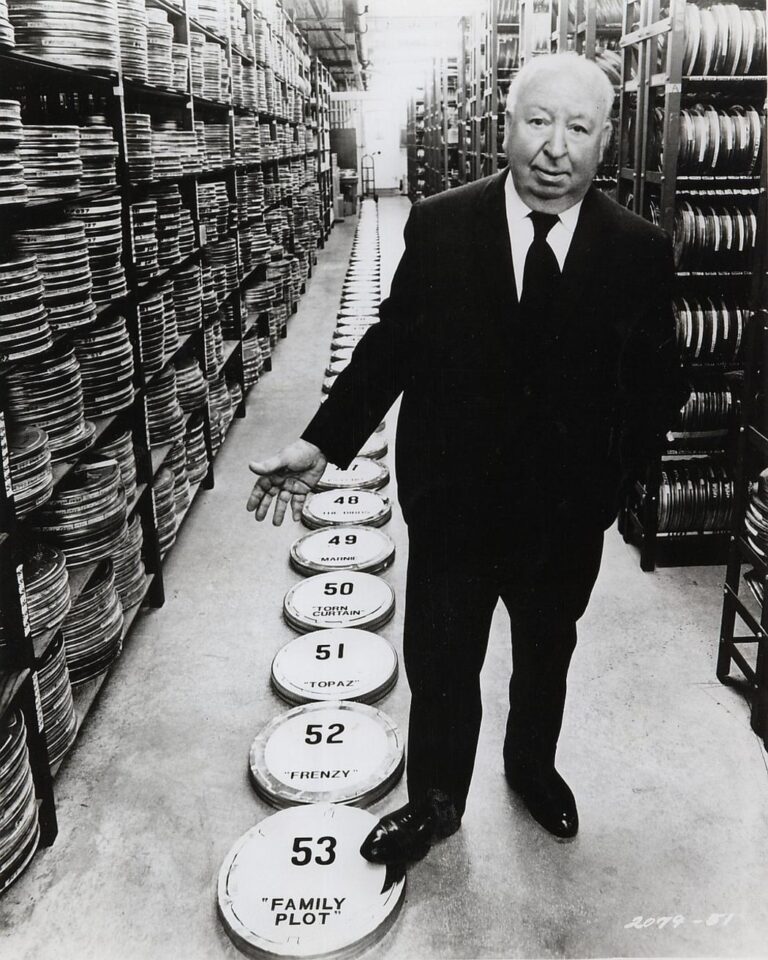Retro Movie Review: Citizen Kane
Finally. I watched Citizen Kane. One question comes to mind: Is it the best film ever made? Due to the pandemic, I have more time to focus on cinema. I’m trying to catch up, and decided to see Citizen Kane for the first time.
Citizen Kane has been lauded as the greatest motion picture to come out of America during the black-and-white era (or any era, for that matter). It also represents the height of Orson Welles’ film making career. I’ve watched some of Welles’ interviews and my favorite answer to the question of how he managed to direct this great film — he responded, “sheer ignorance”. Basically he didn’t know he was incapable, he just did it.
The movie opens with a gothic image of a distant, fog-shrouded castle on a hill, establishing Citizen Kane‘s mood. The castle and place is called Xanadu, the home of America’s Kubla Khan, Charles Foster Kane (Welles).
Within moments of the opening, Kane is dead, uttering the word “Rosebud”. His death, like his life, is a big news event, and the paper he owned, the New York Inquirer, wants to know the meaning of his cryptic last word. The truth isn’t revealed until the closing scene and leads us to believe that maybe Kane desired a simple life.
After showing us Kane’s death, Citizen Kane presents a “newsreel” that details his accomplishments. Then, as a reporter (William Alland) from the Inquirer digs into Kane’s past to learn the meaning of Rosebud, the mogul’s history is unraveled through a series of extended flashbacks that represent the sometimes-overlapping, non- chronological accounts of five eyewitnesses. As the story unfolds, we see Kane, aided by his closest friend, Jedediah Leland (Joseph Cotton), build a nationwide newspaper empire out of one small paper with a circulation of less than 30,000. His New York Inquirer specializes in bold headlines that don’t necessarily represent the truth. By the time he marries Emily Norton (Ruth Warrick), the President’s niece, Kane is one of the most powerful men in America.
Eventually, Kane pursues politics, but his bid for the governor’s office crashes and burns when his rival, Boss Jim Gettys (Ray Collins), exposes Kane’s affair with Susan Alexander (Dorothy Comingore). Following this exposé, Kane divorces his first wife, marries Susan, then goes into seclusion in his unfinished palace of Xanadu. As the years pass, he becomes more bitter and unapproachable, until Susan leaves him. Alone and unloved, Kane awaits inevitable death.
The script for Citizen Kane is fictional biography of publishing king William Randolph Hearst (yes, Hearst Castle). Hearst tried to destroy Citizen Kane before it opened. Welles claimed that he was followed and threatened. Hearts’ papers branded Welles a communist.
It’s impossible to discuss this film without mentioning Greg Toland’s wonderful cinematography. In fact, the movie is a visual masterpiece, with daring angles that had never been attempted before, and has never been equaled since. I absolutely loved Toland’s deep-focus technique that allowed him to photograph backgrounds with as much clarity as foregrounds (the scene where Kane’s parents discuss his future while he plays outside in the snow). There’s also that low-angle shot late in the film where Kane trashes Susan’s room.
All of this brings me back to the question that I opened the review with: Is Citizen Kane the best movie ever made? Many critics would say “yes” but personally, I don’t think it’s the greatest motion picture of all time. Even so, there’s no denying the influence that the movie industry owes to Welles and his debut feature. This film, for sure, will forever be recognized as a defining example of American cinema.

